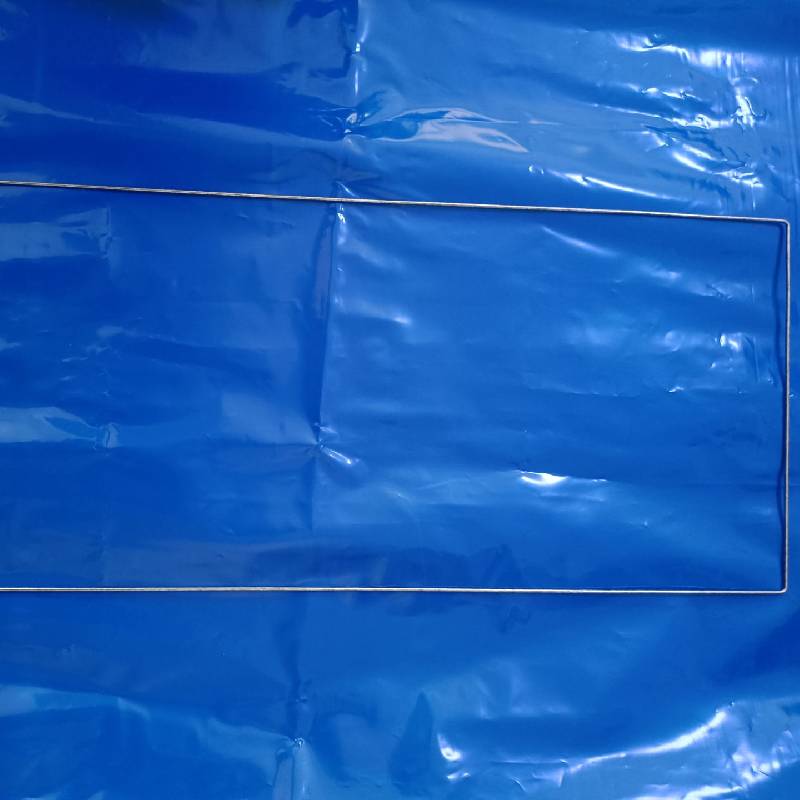
- Mobile Phone
- +8613931874955
- sales@cntcmetal.com
Innovative Designs for Round Wire Springs in Various Applications and Industries
Understanding Round Wire Springs A Comprehensive Overview
Round wire springs are integral components in a wide variety of mechanical systems, playing critical roles in everything from automotive applications to consumer electronics. Their design simplicity and versatility make them a popular choice among engineers and manufacturers. In this article, we will delve into the characteristics, types, applications, and manufacturing processes of round wire springs.
Characteristics of Round Wire Springs
Round wire springs are typically made from high-carbon steel, stainless steel, or other alloy materials, selected based on their specific application requirements. Their primary characteristic is their ability to store energy and return to their original shape after being compressed or extended. This elastic property is fundamental to their function.
Primary characteristics of round wire springs include
1. Material Composition The material used affects the spring's strength, durability, corrosion resistance, and fatigue life. Common materials include music wire, oil-tempered wire, and stainless steel.
2. Wire Diameter The wire diameter influences the spring's load capacity and stiffness. Thicker wires create stiffer springs, while thinner wires yield more flexible springs.
3. Spring Dimensions The overall dimensions—coil diameter, number of coils, and free length—can be tailored to meet specific mechanical requirements.
4. Load and Deflection The spring constant, or stiffness, is a crucial parameter that relates the load applied to the displacement (deflection) of the spring. Understanding this relationship is vital in designing springs for precise applications.
Types of Round Wire Springs
Round wire springs can be categorized based on their shape and function
1. Compression Springs These springs are designed to work under compression. They provide resistance to compressive forces and are often used in applications such as automotive suspensions, industrial machinery, and various consumer products.
2. Tension Springs Unlike compression springs, tension springs are designed to operate when stretched. They are used in applications where pulling forces are involved, such as in retractable mechanisms and various types of latches.
3. Torsion Springs Torsion springs exert a twisting force and are often utilized in applications like clothespins, garage doors, and various other mechanisms where rotational energy is required.
4. Extension Springs These springs are used when the load is applied at the ends, and they expand under force. They are common in devices that require a returning force to bring components back to their original position.
round wire springs

Applications of Round Wire Springs
The versatility of round wire springs allows them to be utilized across numerous industries
- Automotive Industry Used in suspensions, brake systems, and engine components, round wire springs are critical for enhancing vehicle performance and safety. - Electronics Springs are utilized in switches, connectors, and various devices that require reliable motion or tension, aiding in the functionality and lifespan of electronic products.
- Household Appliances From door mechanisms to tension control devices in appliances, round wire springs are essential for numerous household products.
- Industrial Machinery Springs help in various applications requiring force management, such as in presses, conveyors, and assembly systems to ensure smooth operation and safety.
Manufacturing Process
The production of round wire springs typically involves several key steps
1. Selection of Material The first step is selecting the appropriate wire material based on the desired mechanical properties.
2. Wire Forming The wire is coiled into the desired shape, using specialized machinery tailored for precision and consistency.
3. Heat Treatment Many springs undergo heat treatment processes like hardening and tempering to enhance their mechanical properties.
4. Finishing and Coating Finally, springs may be finished to remove any surface defects and coated for protection against corrosion and wear.
5. Quality Control Rigorous testing is essential to ensure the springs meet the specified performance criteria before they are delivered to customers.
Conclusion
In conclusion, round wire springs play a crucial role in countless applications across various industries. Their ability to absorb and store energy while returning to shape makes them essential for the functionality of many mechanical systems. By understanding their characteristics, types, applications, and manufacturing processes, engineers and designers can make informed decisions that enhance the performance and reliability of their products. As technology evolves, the development of increasingly sophisticated materials and manufacturing techniques will likely lead to even greater innovations in the world of round wire springs.
share:
-
Yard Sign Stakes: Reliable Guardians of Outdoor SignsNewsAug.04,2025
-
Wall Ties: Invisible Guardians of Building StabilityNewsAug.04,2025
-
Resilient Web: The Super Guardian Power of Concrete MeshNewsAug.04,2025
-
Masonry Accessories: A versatile assistant on building foundationsNewsAug.04,2025
-
Iron Binding Wire: the 'invisible reinforcement specialist' in the fields of architecture and industryNewsAug.04,2025
-
Dynamic Spring: The diverse functions and excellent performance of Wire Tension SpringNewsAug.04,2025
-
Your Source for Concrete Wall Ties and Masonry AccessoriesNewsJul.10,2025



















